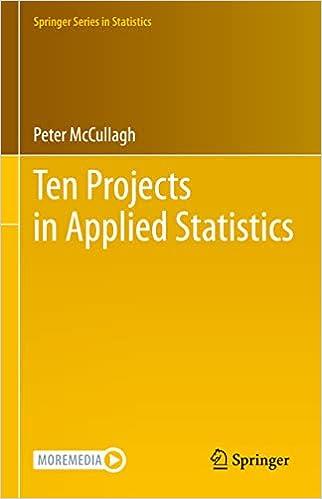A quaternion is a formal linear combination (q=q_{0}+q_{1} mathbf{i}+q_{2} mathbf{j}+q_{3} mathbf{k}) of four basis elements ({1, mathbf{i},
Question:
A quaternion is a formal linear combination \(q=q_{0}+q_{1} \mathbf{i}+q_{2} \mathbf{j}+q_{3} \mathbf{k}\) of four basis elements \(\{1, \mathbf{i}, \mathbf{j}, \mathbf{k}\}\) with real coefficients, so that the set of quaternions is a real vector space of dimension four. Unlike vectors, quaternions can also be multiplied according to Hamilton's celebrated formula
\[
\mathbf{i}^{2}=\mathbf{j}^{2}=\mathbf{k}^{2}=\mathbf{i j} \mathbf{k}=-1 .
\]
Scalar multiplication, or real multiplication, is commutative. Show that Hamilton's formula implies
\[
\mathbf{i} \mathbf{j}=\mathbf{k}=-\mathbf{j} \mathbf{i}, \quad \mathbf{j} \mathbf{k}=\mathbf{i}=-\mathbf{k} \mathbf{j}, \quad \mathbf{k i}=\mathbf{j}=-\mathbf{i} \mathbf{k}
\]
Fantastic news! We've Found the answer you've been seeking!
Step by Step Answer:
Related Book For 

Question Posted:





